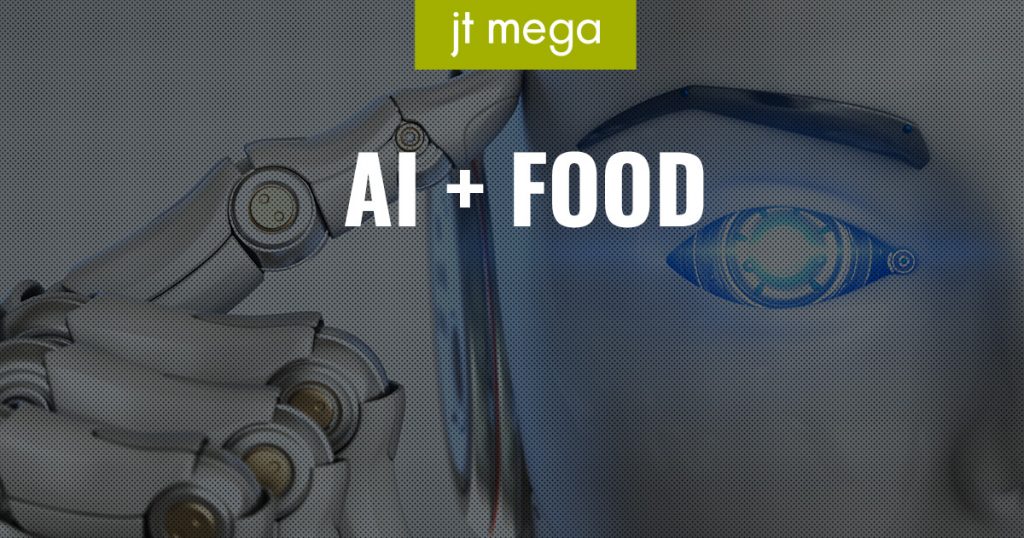Do you know what you’re having for dinner tonight? Do you know where you’d like to go out to lunch for that birthday celebration coming up in February? How about what new and exciting menu item you might venture out on a limb to try at a restaurant next summer? I honestly can’t answer a single one of these questions and of course, that’s not really the point. What matters is that our hyper-personal flavor preferences are changing at a rapid rate and food manufacturers could benefit from understanding not just what they are today, but to have some indicators of what they might be in the future. That is just one of many – slightly unexpected – ways that artificial intelligence (AI) may come into play in the industry.
WHAT’S HAPPENING
We recently heard from Jason Cohen, the founder of Gastrograph AI, about how artificial intelligence can not only uncover, but also predict consumer preferences when it comes to flavor, aroma, and texture.1 An AI platform driven by consumer data, it analyzes individual’s sensitivities and biases to different flavors and informs how those flavors may need to be tweaked based on age, ethnicity and gender of a target audience.
AI is making its way into the food industry in a number of ways. While this industry is not always on the forefront when it comes to technology, the solutions coming forward address areas of tension like labor, supply chain, food safety, and food production.2
WHAT WE THINK
AI has the potential to aid manufacturers and retailers in not only understanding but predicting human behavior when it comes to their flavor preferences. Resources like Gastrograph AI could have real, immediate impact on business decisions like new product development and launch plans.1
The reality is that AI doesn’t take the human out of the equation, though. In fact, in ways, it puts more onus on decision-makers to effectively understand and use it to positively impact business.
WHAT’S NEXT
This is just the start. We know that consumers expect more from the food industry when it comes to transparency and personalization. Couple that with significant gaps when it comes to food management (both production and waste) and it’s clear why testing and adoption of these technologies is increasing. We’ll keep our finger on the pulse as success stories and learnings come forward.
[1] “52 Things We Learned & Experienced at Foodscape 2.” Datassential. Datassential: Issue 57. September 2018.
[2] “6 Examples of Artificial Intelligence in the Food Industry.” Garver, Krista. Food Industry Executive. April 2018.
